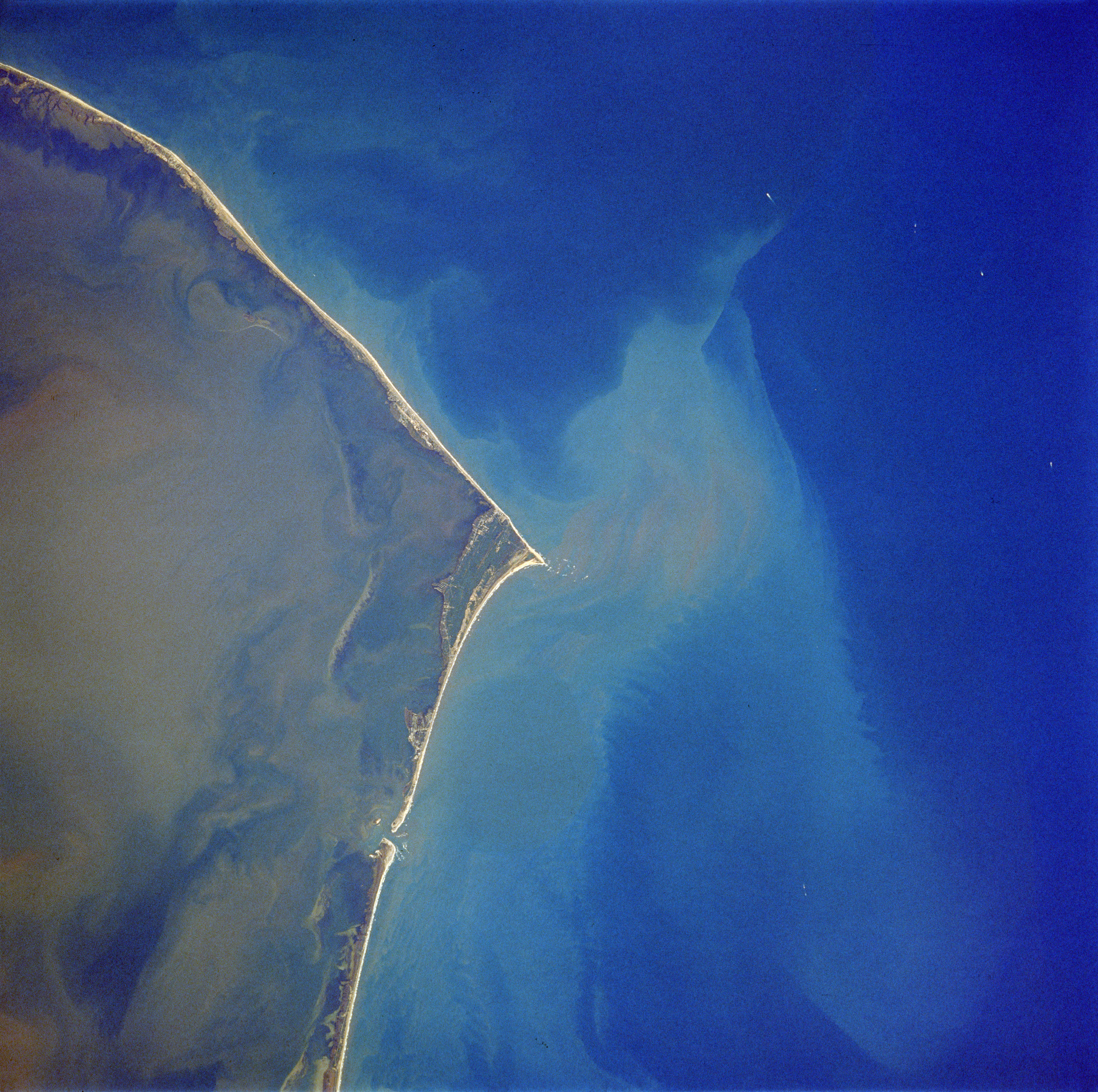|
Symphurus Pusillus
The northern tonguefish (''Symphurus pusillus'') is a species of fish belonging to the family Cynoglossidae. Description The body of the northern tonguefish has alternating narrow and broad bands spanning the length of it. It has 12 caudal fin rays. It has a slender body with a small, rounded, oblique mouth. Its eyes are small and very close together. It has scaled jaws and snout, and its scales are quite small. The dorsal fin begins immediately above the center of the species’ eyes. It is light brown in color, and has 6 to 7 cross bars on its body of a slightly darker hue. Distribution and habitat The northern tonguefish is found on muddy sea beds at moderate depths down to 233m 44 meters. It is found in the western North Atlantic from Cape Hatteras to the Gulf of Mexico. References "Symphurus Pusillus." Smithsonian Bulletin 3.47 (98): 2910. Print. {{Taxonbar, from=Q2750045 Cynoglossidae Fish described in 1885 ... [...More Info...] [...Related Items...] OR: [Wikipedia] [Google] [Baidu] |
George Brown Goode
George Brown Goode (February 13, 1851 – September 6, 1896), was an American ichthyologist and museum administrator. He graduated from Wesleyan University and studied at Harvard University. Early life and family George Brown Goode was born February 13, 1851, in New Albany, Indiana, to Francis Collier Goode and Sarah Woodruff Crane Goode. He spent his childhood in Cincinnati, Ohio and Amenia, New York. He married Sarah Ford Judd on November 29, 1877. She was the daughter of Orange Judd, a prominent agricultural writer. Together, they had four children: Margaret Judd, Kenneth Mackarness, Francis Collier, and Philip Burwell. In addition to his scientific publications, Goode wrote Virginia Cousins: A Study of the Ancestry and Posterity of John Goode of Whitby'where he traced his ancestry back to John Goode, a 17th-century colonist from Whitby. Career In 1872, Goode started working with Spencer Baird, soon becoming his trusted assistant. While working with Baird, Goode led researc ... [...More Info...] [...Related Items...] OR: [Wikipedia] [Google] [Baidu] |
Tarleton Hoffman Bean
Tarleton Hoffman Bean (October 8, 1846 – December 28, 1916) was an American ichthyologist. Biography and education Tarleton Hoffman Bean was born to George Bean and Mary Smith Bean in Bainbridge, Pennsylvania, on October 8, 1846. He attended State Normal School at nearby Millersport, Pennsylvania, graduating in 1866. He received an M.D. degree from Columbian University, now George Washington University, Washington, DC, 1876. In 1883, he was awarded an M.S. degree from the Indiana University on the basis of his professional accomplishments, although he did not attend classes there. He married Laurette H. van Hook, daughter of John Welsh VanHook, a local Washington businessman, in 1878 in Washington, DC. They had one daughter, Caroline van Hook Bean (born in Washington on November 16, 1879), a noted artist who later married Bernardus Blommers, Jr. His brother, Barton Appler Bean, also became an ichthyologist and worked under him at the National Museum. Bean died in Albany, ... [...More Info...] [...Related Items...] OR: [Wikipedia] [Google] [Baidu] |
Cape Hatteras
Cape Hatteras is a cape located at a pronounced bend in Hatteras Island, one of the barrier islands of North Carolina. Long stretches of beach, sand dunes, marshes, and maritime forests create a unique environment where wind and waves shape the topography. A large area of the Outer Banks is part of a National Park, called the Cape Hatteras National Seashore. It is also the nearest landmass on the North American mainland to Bermuda, which is about to the east-southeast. The treacherous waters off the coast of the Outer Banks are known as the Graveyard of the Atlantic, Over 600 ships wrecked here as victims of shallow shoals, storms, and war. Diamond Shoals, a bank of shifting sand ridges hidden beneath the turbulent sea off Cape Hatteras, has never promised safe passage for ships. In the past 400 years, the graveyard has claimed many lives, but island villagers saved many. As early as the 1870s, villagers served in the United States Life-Saving Service. Others staffed lightho ... [...More Info...] [...Related Items...] OR: [Wikipedia] [Google] [Baidu] |
Gulf Of Mexico
The Gulf of Mexico ( es, Golfo de México) is an oceanic basin, ocean basin and a marginal sea of the Atlantic Ocean, largely surrounded by the North American continent. It is bounded on the northeast, north and northwest by the Gulf Coast of the United States; on the southwest and south by the Mexico, Mexican States of Mexico, states of Tamaulipas, Veracruz, Tabasco, Campeche, Yucatan, and Quintana Roo; and on the southeast by Cuba. The Southern United States, Southern U.S. states of Texas, Louisiana, Mississippi, Alabama, and Florida, which border the Gulf on the north, are often referred to as the "Third Coast" of the United States (in addition to its Atlantic and Pacific Ocean, Pacific coasts). The Gulf of Mexico took shape approximately 300 million years ago as a result of plate tectonics.Huerta, A.D., and D.L. Harry (2012) ''Wilson cycles, tectonic inheritance, and rifting of the North American Gulf of Mexico continental margin.'' Geosphere. 8(1):GES00725.1, first p ... [...More Info...] [...Related Items...] OR: [Wikipedia] [Google] [Baidu] |
.jpg)
